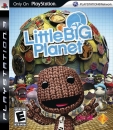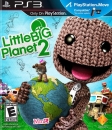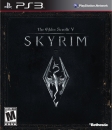Allmost everyone on this side takes NPD numbers as facts and the tracking of VGC as good guesses, and i dont realy understand why.
Pros:
NPD:
we know the tracking methode
we roughly know the sampling size
VGC:
we are like jon snow, we know nothing
Cons:
NPD:
the sample isnt so good, its to big and it doesnt track a major retailer with a different demographic than the others(toys r us).
VGC:
we know nothing
okay, seems like NPD has the better tracking. but we cant be realy sure because we dont know if ioi is guessing or gets his sample in a shady way, or(what i think is right) that he doesnt want the sample size out because people are stupid and dont understand that a small sample could be better than a big.
npd doesnt give out the sample size, but they estimate that its 60-80% of all retail, that is a way to big sample to be good.
they need a lot of math to pretend they have a representative sample, but they have not because they dont track an important retailer for a specific and important demographic.
i think that npd numbers of some games are bad, because they dont have a representative sample for the main demograhic for some games
skylanders comes to mind, a game heavly marketed to kids with a toyline that makes it attractiv for retailers that normaly dont sale so much video games.
what this thread needs:
an actual list of tracked retailers form npd
everything about samples from vgc.
some inside about how people buy games in the us, im from germany, we dont have the most retailers you have and that are in both countrys arent targeting the same demographic. how many games has toys r us? are they saleing games at all? do they have regular sales on games targeted specific demographics.
clearification if npd just tracks amazon itself or amazon and the amazon market.
i couldnt find much and all i could find was older(im not even sure if npd tracks toys r us again, i just found the news that they stopped and nothing about them tracking it again so i guess they still dont track toys r us)













































